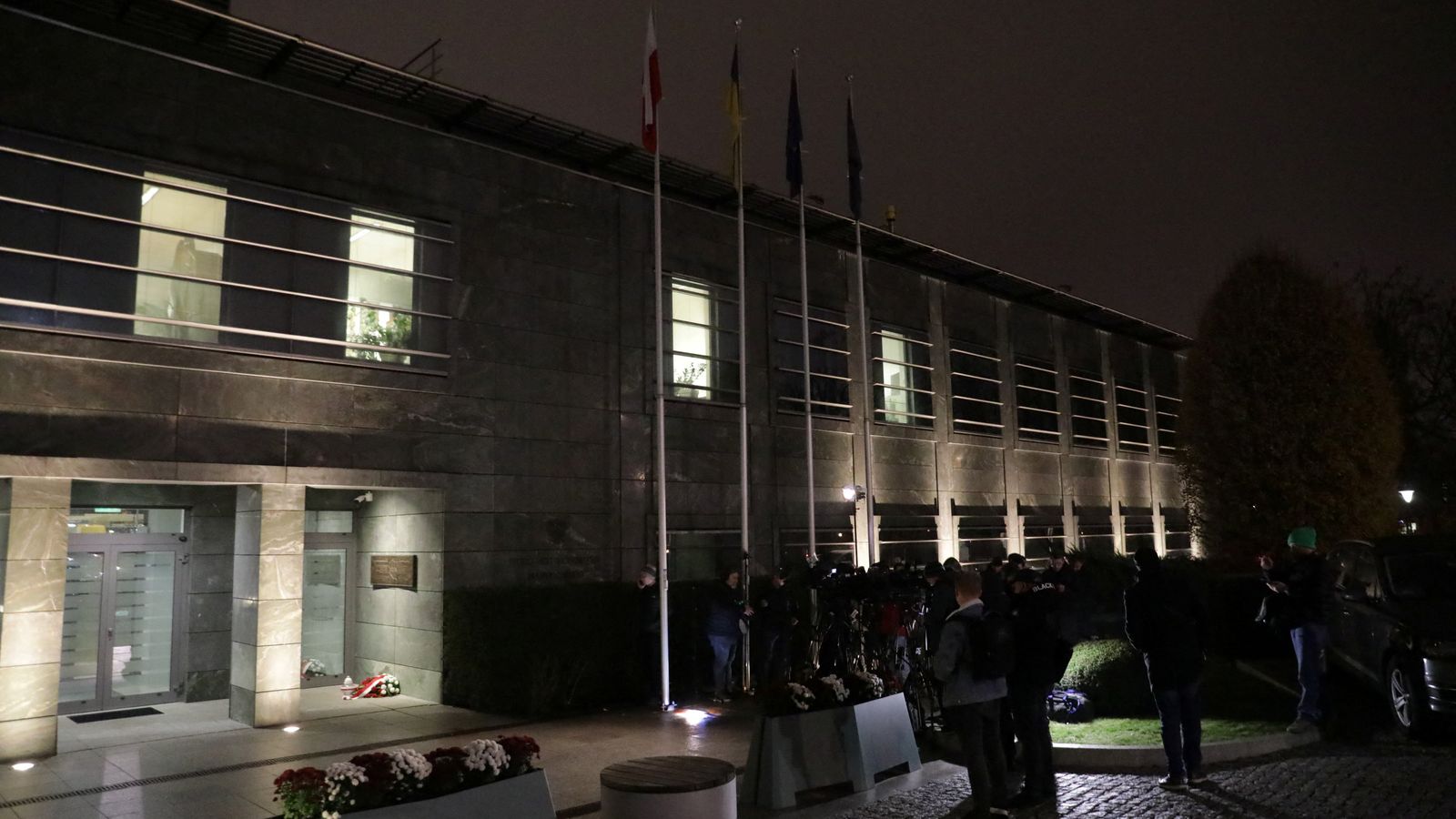The last time NATO invoked Article 5 was in 2001, the day after New York’s Twin Towers were attacked.
The ‘all for one – one for all’ article of NATO’s treaty requires the alliance to act together if one member comes under attack.
This time there will be no rush to judgement. The enemy is not a band of terrorists hiding out in Afghanistan, but a nuclear armed former superpower currently engaged in all-out war with a NATO-backed neighbour.
The stakes are very high, as we will be repeatedly warned in the hours ahead. We will also hear officials doing what they can to buy time.
The Pentagon says it cannot confirm the reports. It almost certainly knows a lot more than that. But officials do not want to start a process of escalation that will be hard to reverse.
The priority will be establishing the facts, or a narrative NATO can live with. They may not be the same thing.
Please use Chrome browser for a more accessible video player
Read more:
Russian missiles kill two people in Poland
Russia’s Kherson retreat is ‘encouraging’ but too soon for conclusions, NATO chief says
‘Ready for anything’: US aircraft carrier crew training for war with Russia but aims to deter threats
Ukraine war: UK, US and France release rare joint statement after Russia contacts them over ‘dirty bomb’ claims
There may be an innocent explanation. Russian fired more than 85 missiles during the day. Precision-guided, but they can malfunction.
But for nine months Russia has managed to avoid hitting Ukraine’s neighbours. Was it a coincidence this happened when world leaders were meeting without Vladimir Putin for the G20 in Bali?
It may be a plausibly deniable deliberate act. An attack made to look like an accident, testing NATO while world leaders are gathered on the other side of the world.
If that is the case it will require a response. Anything less would be a sign of weakness – and that could embolden Russia to take more provocative attacks in future. But overreacting risks dangerous escalation.










